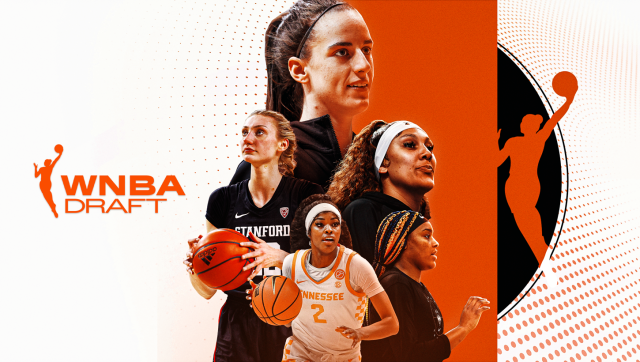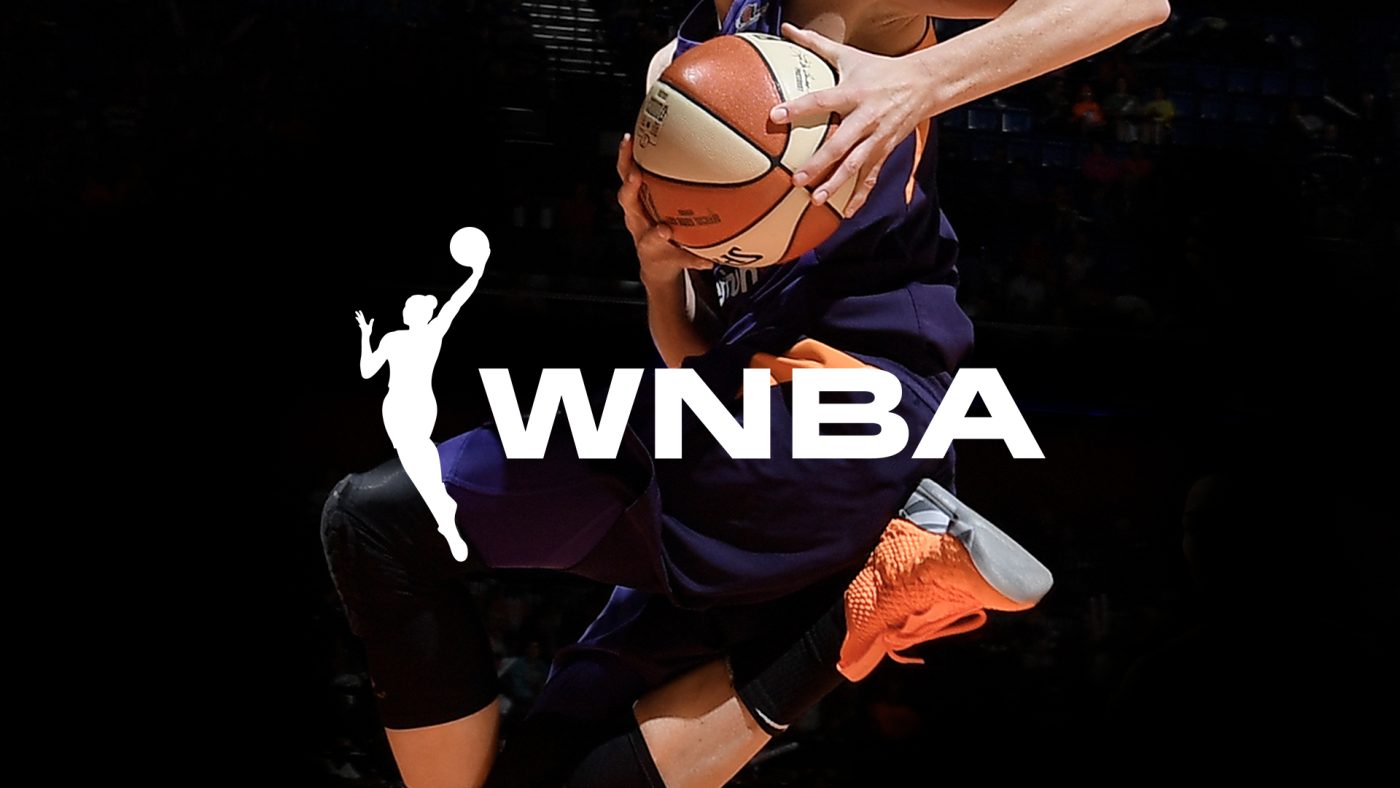News
The Rigors of the WNBA: Why Player Turnover is High in the Women’s Basketball League
The WNBA Draft 2024 was eagerly anticipated by both professionals and fans, as superstar Caitlin Clark joined the draft pool and was selected as the number one pick by the Indiana Fever.
However, the WNBA Draft doesn’t always showcase standout talents, and not every player can seamlessly transition to the most grueling women’s basketball league in the world. The shift from college to professional environments is no easy feat, and without thorough preparation, even promising talents can crumble under the pressure from both the professional realm and fans.

Moreover, with only 12 teams participating in the WNBA, the number of players in the league is significantly limited. Each team has 12 official roster spots, excluding practice squad contracts and emergency replacements. Therefore, only 144 players get to participate in the world’s most prestigious women’s basketball league.
However, this number can decrease further due to salary cap constraints. In 2024, the WNBA set a fixed salary cap of $1,463,200 for each team, a 3% increase from the previous season. This serves as the maximum limit for teams, barring exceptions for situations like excessive player injuries requiring immediate replacements.
If a team accumulates too many star players with higher salaries compared to the league average, they may have to reduce the number of reserve players. For example, in 2023, the Las Vegas Aces fielded a team with three stars: A’ja Wilson, Kelsey Plum, and Chelsea Grey. Consequently, they often hit the court with only 11 players on the roster.
Due to these limitations, the WNBA experiences a significant turnover in personnel. Looking back at the 2023 WNBA Draft, six out of the 24 selected players were cut from their contracts. Out of the 36 drafted players, only 15 made appearances in the opening games of the 2023 WNBA season.
Even prominent players from previous WNBA Drafts are not exempt from this turnover. For instance, Charlie Collier, the number one pick in the 2021 WNBA Draft, only lasted two seasons before being waived in the summer of 2022 and currently plays in Israel. Emily Engstler, the fourth pick in the 2022 WNBA Draft, was waived by the Indiana Fever after one season and had a brief stint playing in France before returning as a bench player for the Minnesota Lynx.
Various WNBA players and professionals have called for increasing the salary cap limit and expanding team rosters to provide more opportunities for women players to pursue their passion.
Additionally, establishing more WNBA teams is seen as an effective solution. The WNBA plans to introduce its 13th team in San Francisco in 2025. Cities like Toronto and Portland are also considering launching women’s basketball teams to compete in the WNBA, although these plans are still in the conceptual stages.
Increasing commercial contracts and television rights will also help the WNBA expand its salary cap in the coming years. Currently, WNBA television rights are valued at $60 million from Disney, Amazon Prime Video, and Ion.
Until these plans materialize, female players will continue to face significant challenges in remaining in the WNBA.

